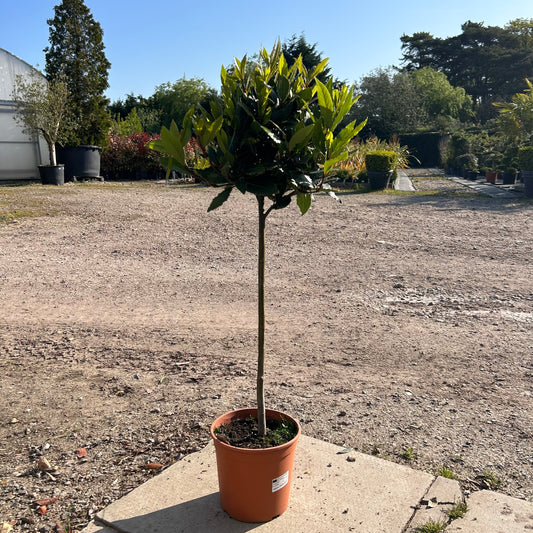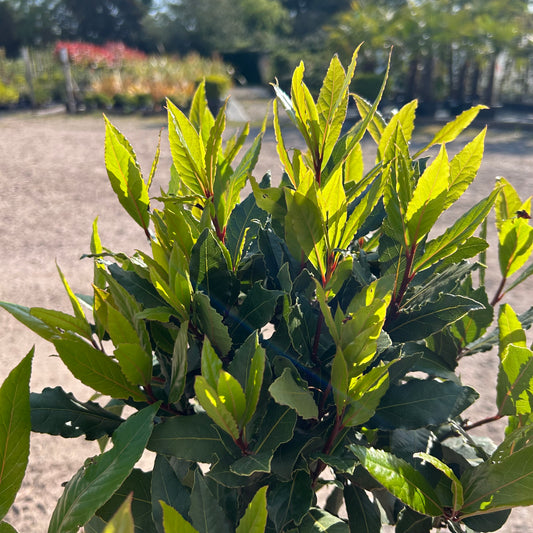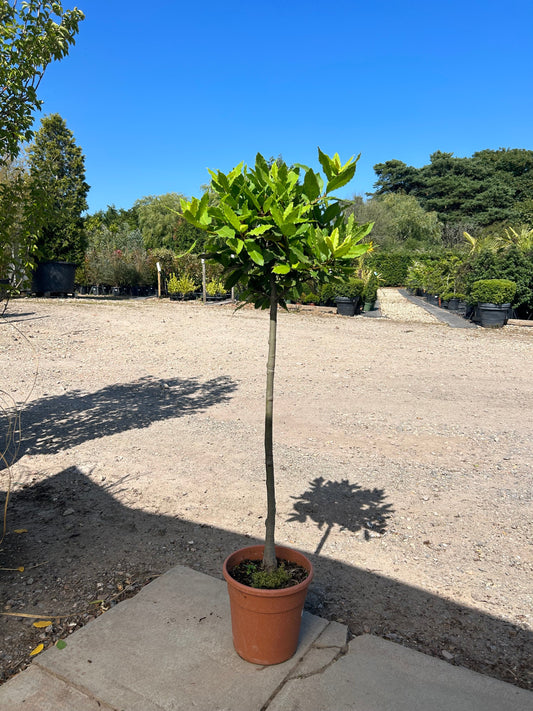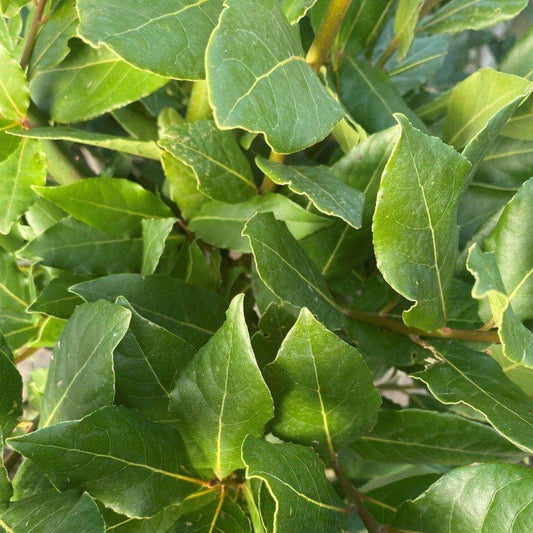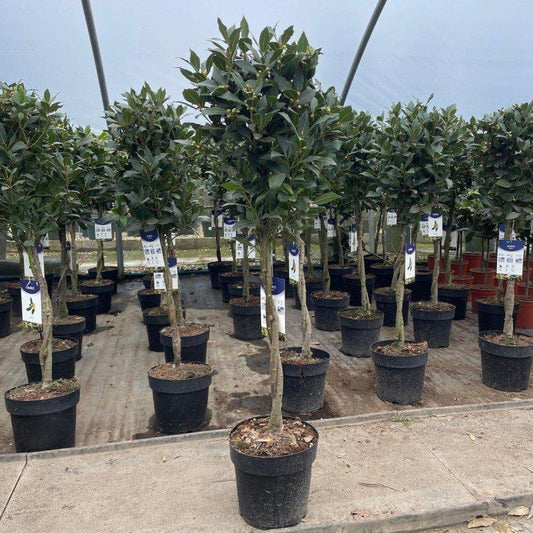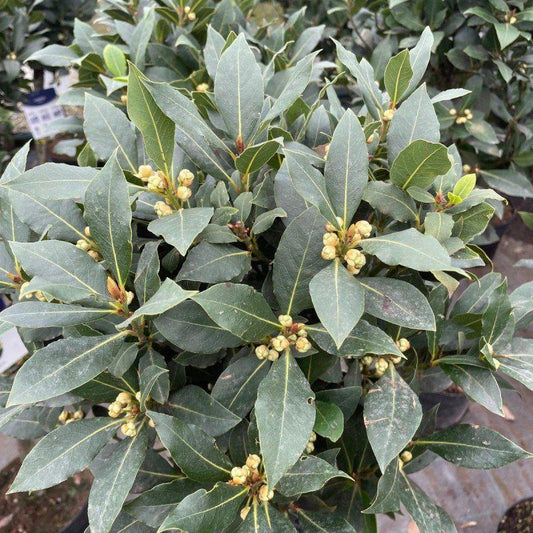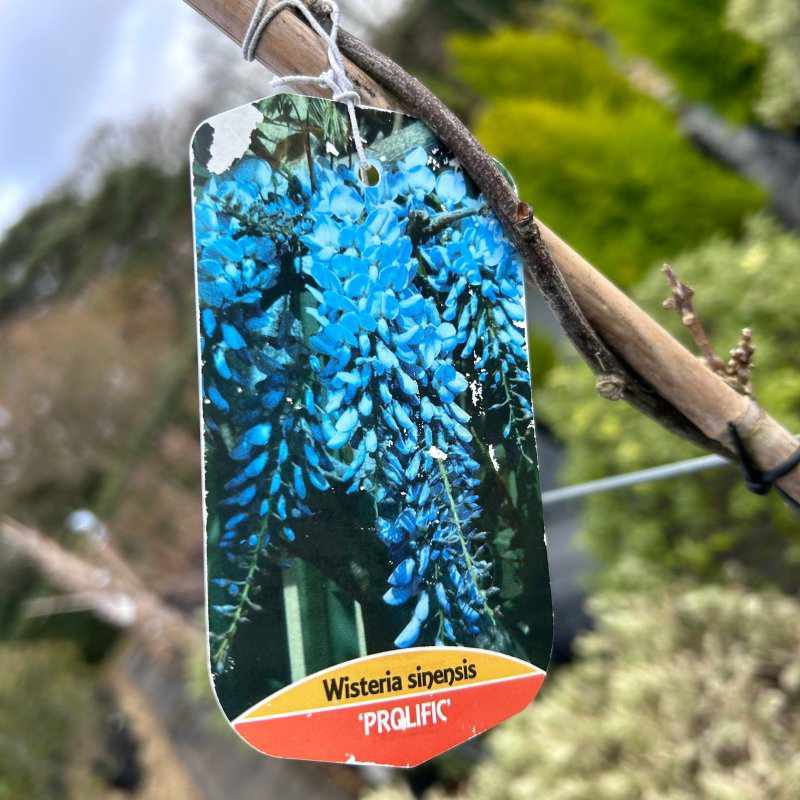Climbing plants can transform any British garden, adding colour, fragrance, and dimension. Choosing the right climbers, such as clematis or wisteria, can enhance the beauty of outdoor spaces while providing shelter and food for wildlife.
These plants not only brighten up fences and walls but also create a stunning backdrop for other garden features, making them essential for any gardener looking to make an impact.
Understanding how to care for these climbers and the support structures they need is key to their success.
From selecting the right variety to ensuring they have the proper support, knowing the needs of climbing plants can lead to a thriving garden.
This article will explore the best climbing options for British gardens, their care requirements, and how they can benefit the local ecosystem.
Incorporating climbing plants into a garden design also brings the potential to attract various wildlife, enriching the garden experience. With so many options available, gardeners can find the perfect climbers to suit their style and environment.
Key Takeaways
- Choosing the right climbing plants enhances garden beauty and wildlife.
- Proper care and support are essential for successful climbing plants.
- Climbing plants offer both aesthetic and ecological benefits.
Choosing the Right Climbers for Your Garden
Selecting the best climbing plants for a garden involves careful consideration of a few key factors. These include sun exposure, soil types, and the seasonality of the plants.
Understanding these elements helps ensure that the chosen climbers thrive in their environment.
Considering Sun Exposure and Shade
When choosing climbing plants, it is vital to assess the available light in the garden. Some climbers prefer full sun, while others thrive in partial shade.
For instance, Clematis varieties often require plenty of sunlight for optimal flowering, especially in spring and summer. On the other hand, Ivy is a hardy climber that tolerates shade well.
It is beneficial to consider the orientation of the garden. South-facing walls will receive more sun compared to those facing north. This knowledge facilitates selecting plants that will flourish based on the garden's unique light conditions.
Soil Types and Climbing Plant Preferences
The type of soil in the garden greatly influences plant selection. Different climbing plants have specific soil requirements.
For example, Wisteria prefers well-drained, fertile soil with a pH level that is slightly acidic to neutral. In contrast, plants like Honeysuckle can adapt to a range of soil types, including poorer soils.
Conducting a soil test can provide insights into its composition and drainage capability. If the soil is heavy clay or very sandy, amendments may be necessary to support the chosen climbers’ growth.
Selecting Climbers Based on Seasonality
Climbing plants also vary by seasonality, which affects garden aesthetics. Some climbers, such as clematis, bloom in spring, while others, like Montbretia, have their peak in summer.
To achieve year-round interest, consider a mix of evergreen and deciduous climbers. Evergreen plants provide green foliage throughout winter, while deciduous climbers demonstrate beautiful autumn colours as leaves change.
By selecting a variety of climbers that offer flowers in spring, summer, and autumn, a gardener can enjoy a continuously changing landscape.
Popular Climbing Plants and Their Care
Climbing plants can add beauty and structure to British gardens. Different varieties have unique care needs, which are essential for their health and growth. This section explores some popular climbing plants and the specific attention they require.
Evergreen and Deciduous Varieties
Both evergreen and deciduous climbing plants offer distinct benefits. Evergreen climbers, such as Ivy and Potato Vine, provide year-round foliage and structure. They offer shelter for birds and insects while requiring less frequent pruning. These plants thrive well in most conditions but appreciate moist, well-drained soil.
Deciduous climbers, including Clematis and Wisteria, showcase stunning blooms during the growing season. They lose their leaves in winter, making them suitable for those who enjoy seasonal change. Pruning is crucial for these plants. For instance, Clematis armandii thrives with annual pruning to promote growth and flowering.
Caring for Clematis and Wisteria
Clematis plants require specific care based on their group classifications. Early bloomers need pruning after flowering, while late bloomers thrive from pruning in winter. Regular checks for pests and diseases will help keep them healthy.
Wisteria is known for its striking flowers but requires good support and space. Pruning should occur at least twice a year to control its growth and enhance flowering. Both need adequate watering, especially in dry spells, and benefit from fertilisation during the growing season to encourage vibrant blooms.
Climbing Roses and Hydrangea Maintenance
Climbing Roses can be trained along trellises and fences, providing stunning blooms. They require regular deadheading to prolong flowering and should be pruned after flowering in late summer. A balanced fertiliser during spring helps promote growth and flowering.
Climbing Hydrangeas are known for their beautiful foliage and white flowers. They prefer shaded areas and moist soil. Regular watering is essential during dry periods. Pruning should be done in late winter to shape the plant and encourage new growth. By following these care tips, gardeners can enjoy vibrant climbing plants for many seasons.
Supporting Structures for Climbing Plants
Providing adequate support is essential for climbing plants to thrive. The right structures can enhance their growth and beauty while adding charm to the garden. Various options include trellises, pergolas, and using walls or fences, each offering unique advantages for specific plant types.
Trellises and Pergolas as Plant Supports
Trellises and pergolas are popular garden structures for climbing plants. A trellis is a framework of crossbeams and vertical posts that allows vines to climb and spread. It's ideal for rambling roses and fast-growing climbers such as clematis. By positioning trellises in sunny spots, climbers receive plenty of light.
Pergolas provide a more substantial structure. They support heavier plants, like Wisteria. These structures create shaded pathways or sitting areas, enhancing garden aesthetics. Pergolas also act as energy-efficient barriers by providing insulation against the sun.
Both trellises and pergolas can easily be integrated into various garden designs.
Using Walls and Fences for Training Climbers
Training climbing plants against walls and fences maximises vertical space in a garden. Many climbers, such as self-clinging varieties, naturally attach themselves to surfaces, making them excellent choices for brick or wooden fences.
This method suits shrubs and twining stems as they can easily weave into structures.
Climbing plants can improve insulation and reduce energy costs when trained on walls. They can act as natural barriers, blocking wind and providing shade. Using horizontal wires or hooks can facilitate easier training for plants that struggle to climb independently. Both options encourage growth while creating unique visual interest in the garden.
Attracting Wildlife with Climbing Plants
Climbing plants can play a vital role in attracting various forms of wildlife, particularly birds and insects. By incorporating these plants into gardens, gardeners can enhance biodiversity and create natural habitats.
Providing Habitat and Food for Birds and Insects
Climbing plants such as ivy and honeysuckle are excellent choices for attracting birds and insects. Ivy, with its dense foliage, offers shelter to nesting birds and serves as a backdrop for insect activity. The small flowers of ivy provide nectar that attracts pollinators like bees and butterflies.
Honeysuckle is known for its fragrant blossoms, which are highly appealing to pollinators. Its tubular flowers provide easy access to nectar, making it a favourite among hummingbirds and bees. Additionally, the berries produced by honeysuckle can feed birds during the colder months.
Another beneficial climbing plant is clematis, which produces a variety of flowers that can attract a diverse range of insects.
Frequently Asked Questions
Climbing plants are a popular choice for British gardens, providing beauty and greenery in various settings. The following answers address common queries about suitable climbing plants, their maintenance, and specific varieties that thrive in the UK.
Which climbing plants are best suited for small British gardens?
For small gardens, plants like Clematis and Lonicera (Honeysuckle) work well. They provide vibrant flowers without overtaking space. Compact varieties of Roses and Jasminum are also excellent choices, offering lush growth in limited areas.
What are the top low-maintenance evergreen climbers in the UK?
Trachelospermum jasminoides (Star Jasmine) is a hardy evergreen with fragrant flowers. Hedera helix (Ivy) is another easy-care option, perfect for covering fences or walls. Both plants thrive in various conditions and require minimal upkeep once established.
Can you provide a list of climbing plants that bloom with flowers in the UK?
Several climbing plants bloom beautifully in the UK, including Clematis, which offers a range of colours and forms. Wisteria produces stunning cascades of flowers, while Passiflora is known for its intricate blossoms. Honeysuckle adds lovely scents and vibrant colours.
Are there unique climbing plants recommended for cultivation in the UK?
Akebia quinata (Chocolate Vine) is unique with its chocolate-scented flowers. Parthenocissus quinquefolia (Virginia Creeper) showcases colourful autumn foliage. These plants offer distinct aesthetics and can thrive in various garden settings.
Which climbing plants are suitable for growing on a trellis in the UK?
Climbing Roses and Clematis are ideal for trellises, providing rich blooms and structure. Honeysuckle also performs well, creating a fragrant display. These plants can be trained easily, making them excellent for vertical gardening.
What are some hardy evergreen climbing plants for British climates?
Lonicera (Honeysuckle) and Ivy are both hardy and evergreen, thriving in the British climate. Trachelospermum jasminoides (Star Jasmine) is another suitable choice.
These plants can withstand colder temperatures while providing year-round greenery.


